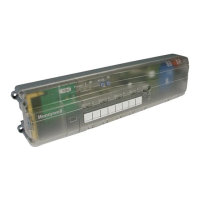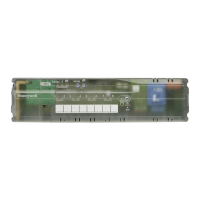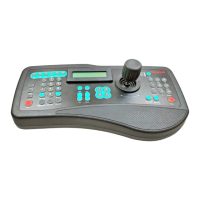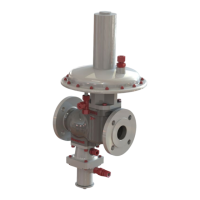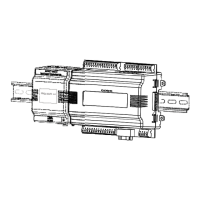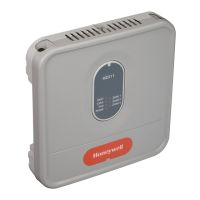Function Blocks
PID Function Block
284 HC900 Hybrid Control Designer Function Block Reference Guide Revision 11
2/07
Enable Fuzzy Overshoot
Suppression
Click on block to select
34 Fuzzy Overshoot Suppression minimizes overshoot after a
setpoint change or a process disturbance.
The fuzzy logic observes the speed and direction of the PV
signal as it approaches the setpoint and temporarily modifies
the internal controller response action as necessary to avoid
an overshoot.
There is no change to the PID algorithm, and the fuzzy logic
does not alter the PID tuning parameters.
This feature can be independently Enabled or Disabled as
required by the application to work with “TUNE” On-Demand
tuning.
ATTENTION
Accutune III is an On-demand tune only. You must provide a 0 to 1 transition to start another
tuning cycle. The tuning will disturb the output to evaluate the tuning constants required.
Note 1: CYCLE TUNING - This tuning method uses the measured ultimate gain and period to produce
tuning parameter values. Cycle tuning does not distinguish between process lags and always results in gain
based on PV amplitude and calculates values of Reset and Rate based on time of the SP crossings (The
Reset value is always 4x the Rate value.) This method does not require a stable process initially and the
process may be moving. Cycle tuning is applicable to Three Position Step control and can be used for
integrating processes (level control).
Note 2: SP TUNING - When initiated the control loop is put into an initial temporary manual state until
the process characteristics are identified. This period may last up to a minute. During this time the Tune
status shows Not Ready, then an initial output step is made using the preconfigured size and direction
parameters along with the preset output value. The resultant process action is used to determine the tuning
parameters and once the process identification has completed, the loop is returned to automatic control.
Note 3: PV ADAPTIVE TUNING - This method adapts a tuned process to changing system
characteristics over time. When the PV deviates from the SP by a certain amount for any reason, the
adaptive tuning algorithm becomes active and begins to observe the resulting PV action. If the process
becomes unstable and oscillates, PV Adaptive Tuning eventually brings the process into control by retuning
parameter values (as needed) using a systematic approach defined by an expert based method of tuning
rules. Should the process not oscillate but be observed as too fast or sluggish, a different expert rules set is
applied to result in the slowing down or speeding up of the process by adjusting certain tuning parameter
values. This method continuously learns the process as PV deviations are observed and adapts the tuning
parameters to the process response.

